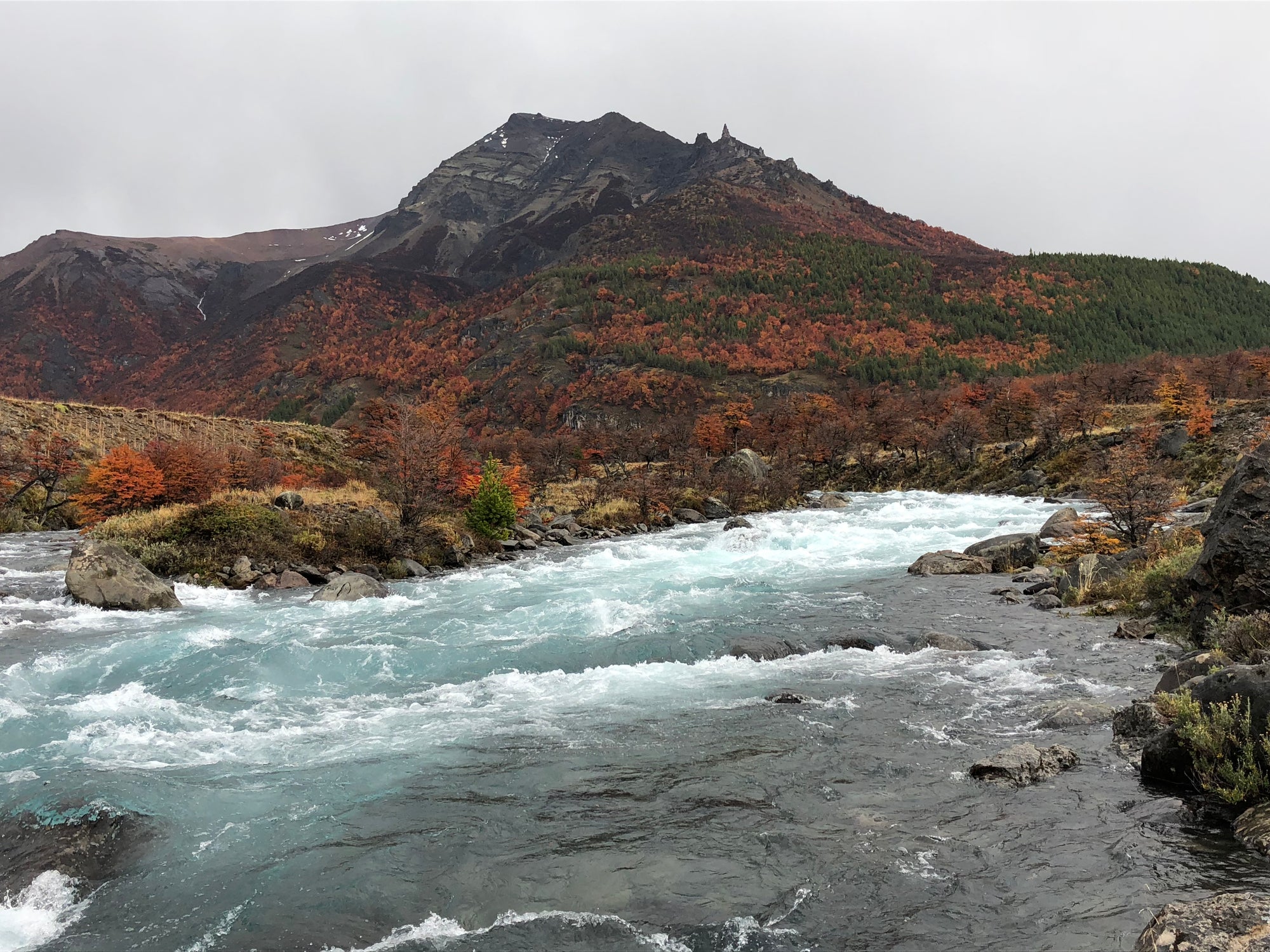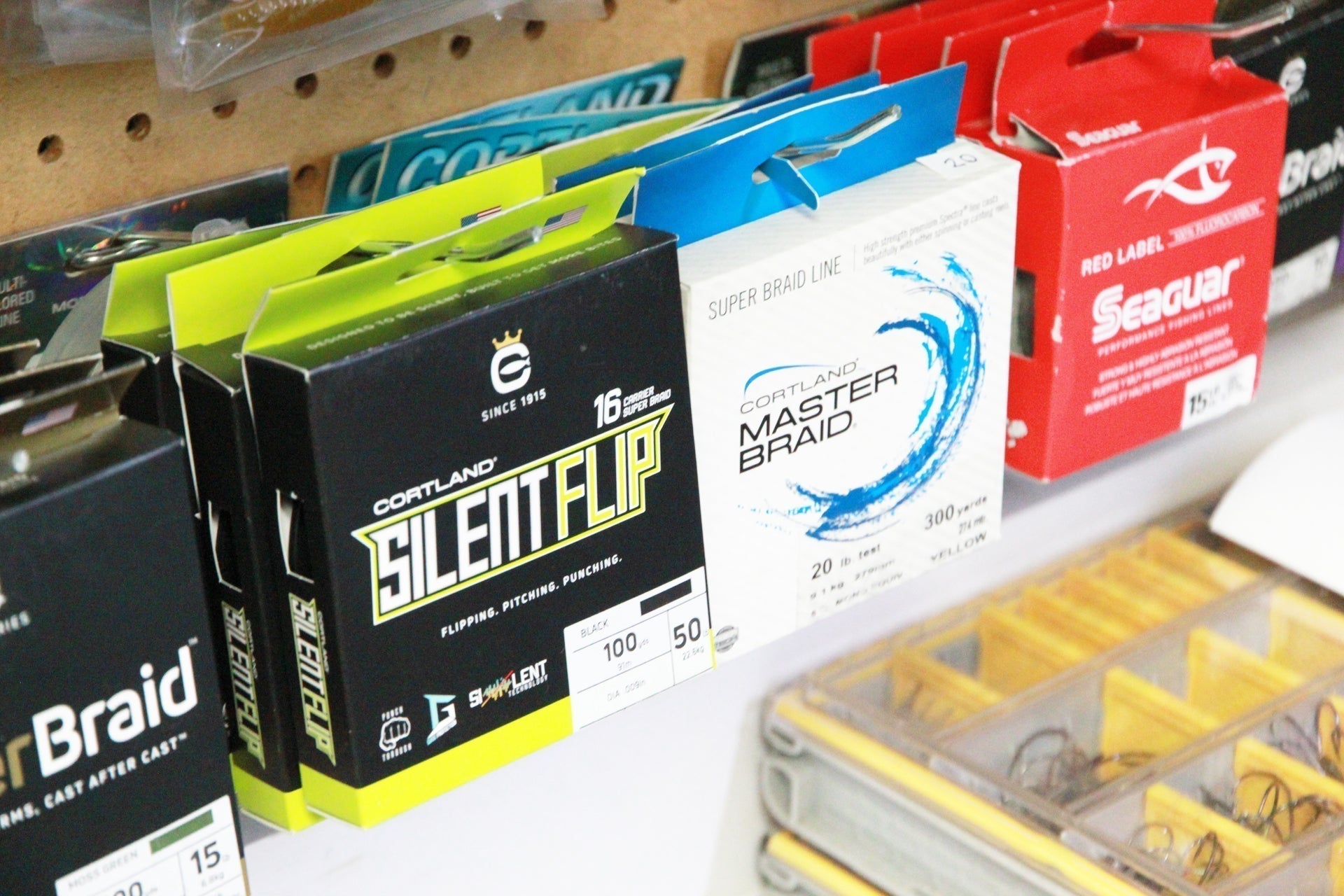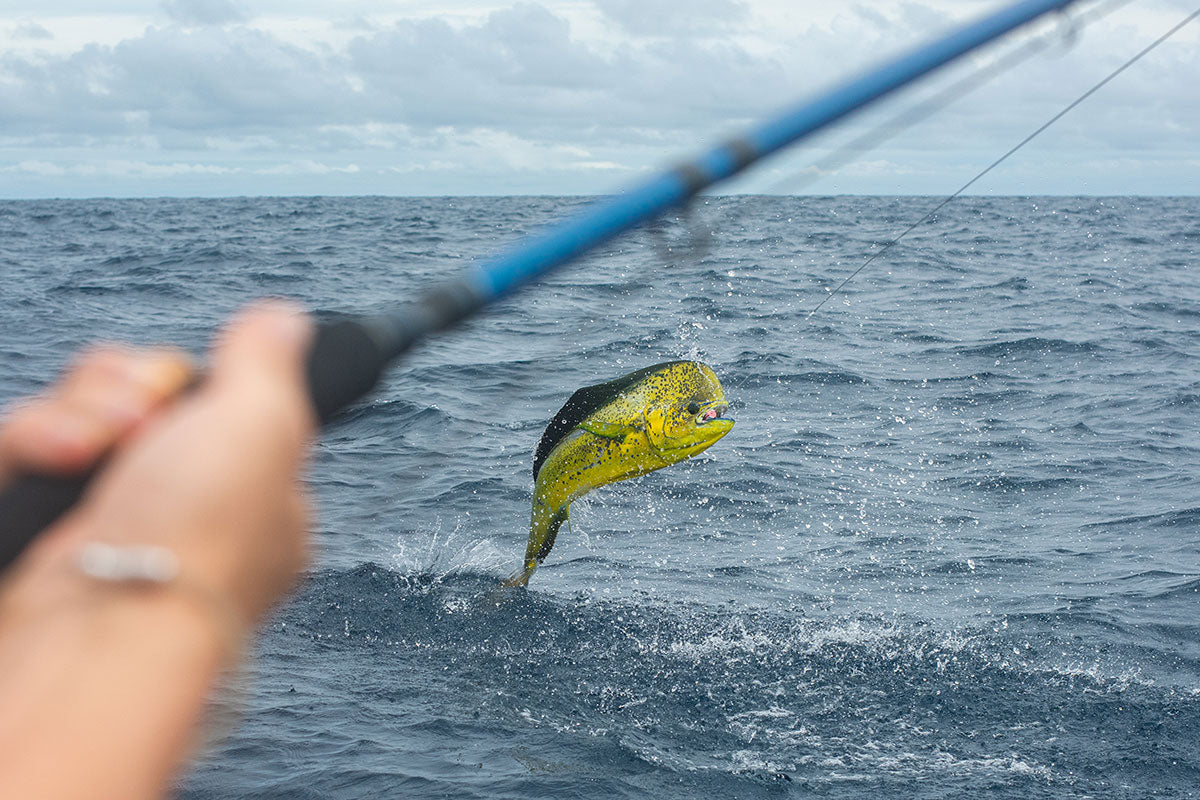Article Written by Lance Wilt. Learn More About the author below / Article Read Time: 3 Minutes
Streamer fishing is an exciting and engaging way to keep the blood flowing through your veins as the air temperatures start to plummet and fish begin to put on weight, to get them through the doldrums in winter. I thoroughly enjoy the visual aspect that streamer fishing provides as well as the excitement that it generates when purposely targeting larger fish that live in the river systems that I frequent.
As a guide who spends 5 months of his season targeting fish with streamers, it has become apparent that many anglers share a similar level of excitement and interest scope as I. Sometimes this level of excitement is so high, that it can work to an angler’s detriment, becoming counterproductive to our success on the water. Simply stated, I’ve witnessed countless hours of mindless casting and retrieving, relying on fish that want to feed in "kamikaze" mode. This thoughtless, repetitive cadence is simply not sustainable nor is it fruitful in the long haul.
The previously mentioned "inefficiencies" have sparked the motivation for these writings, but my intent isn’t to reshape your ‘streamer game’ or to sell you on a new technique or fly pattern. I hope that one or two of these ideas will stick with you the next time you put a fly in the water on your favorite waterway.

Tips and Tricks
-
Cast with a purpose and fish with swagger. Fish caught on streamers aren’t consistently earned on "hero" casts. Your presentations should intend to be just as precise as if you were attempting to fool a finicky, rising trout. However, sometimes close can be good enough. If you botch a cast but it's relatively close to your target, fish it with confidence.
-
Break apart your water type. Carefully executed casts that target river or bank structure, depth changes, and subtle current breaks can all produce results. If you’re fishing a piece of water that you haven’t seen before, use satellite imagery to get a lay of the land before your outing. While low water conditions may not be ideal for fishing, they present an excellent opportunity to identify the subsurface terrain of a river or lake that you will want to target when water levels are more suitable.

-
Regardless of the length of your cast, moving your fly starts with line control. An "eat" can happen on the first strip or a last-ditch attempt at convincing a reluctant fish to eat at your feet. Finish each presentation with the same acute sense of awareness and precision. Sometimes a change of fly direction or movement can convince a fish that has not committed to eating (yet).
-
Match forage base. Bait is available at all times of the year in varying amounts. That being said, there are times that fish may key in on specific food sources. Do your homework and have a good idea of what to use and when to use it. Don’t succumb to the temptation of throwing the biggest fly in your box, simply for the sake of ‘making them know that it’s there’.

-
Don’t use streamers as a last resort -commit time to the technique to see the results. Chasing food requires a significant commitment on the fish’s part. Be patient and time your efforts around high water events, on the front side of cold fronts, and in the pre/post spawn periods of your targeted quarry.
-
Fly line selection should be based on the water conditions/type, the distance you plan on casting, and your overall angling approach. Selecting lines can be a daunting task and turn into frustration and a lighter wallet. Try to keep your streamer setups to a 3-line max. I find that many anglers tend to spend more time changing lines than they do fishing when there are too many options at hand. I’ll discuss this at length when I get the next opportunity to contribute my thoughts and findings. For now, these are a few of my favorite streamer lines for cold-water trout fishing and why!!!

Cortland 444 SL- An easy casting line that can be fished at any distance with precision and control. Turns over a variety of size streamers with ease and does not tend to crash with a botched cast. True to line weight.
Cortland Sink Tip 10 – A short sink tip that is easy to manipulate after being placed on the water. The floating line is easy to handle in the cold and isn’t prone to tangling. Two different options of sink rates allow you to pair it with your fly pattern of choosing.
Cortland .027” Running Line – I use this line with my ‘mono’ style streamer rigs. The core on this line is significantly stronger than the popular ‘euro’ style nymph lines.



